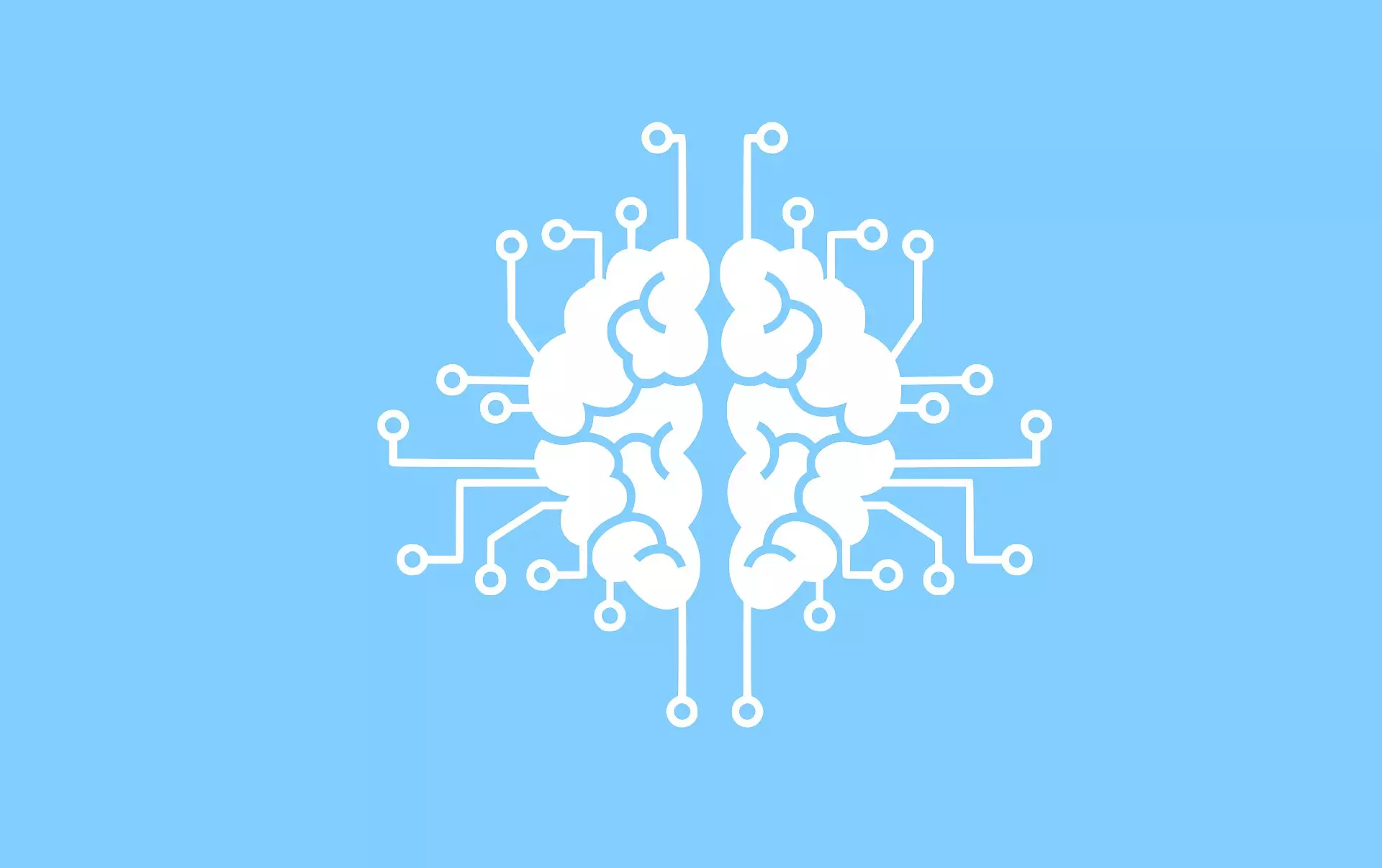In the realm of computer science, the concept of bipartite matching is celebrated as one of the most prominent problems to solve. Whether it’s aligning organ donors with recipients or matching advertisers with ad slots, the task of pairing two distinct sets efficiently is a puzzle that has captivated researchers for years.
Associate Professor Saket Navlakha from Cold Spring Harbor Laboratory has brought a fresh perspective to the age-old problem of bipartite matching by drawing inspiration from biology. By observing the intricate wiring of the nervous system, Navlakha noticed parallels to the challenges faced in optimizing efficient pairings in various domains.
Navlakha’s innovative algorithm, based on the competitive dynamics of neurons and neurotransmitters in the nervous system, has shown remarkable efficiency in creating near-optimal pairings. By emulating the biological mechanism of bidding resources to secure stable matches, the algorithm outperformed existing bipartite matching programs in critical ways.
The implications of Navlakha’s research extend beyond theoretical computer science. In practical scenarios such as ridesharing services and medical residency programs, the new algorithm has the potential to significantly reduce wait times and improve overall matching outcomes. Furthermore, its ability to operate in a distributed manner without compromising privacy opens up a plethora of possibilities for various applications.
As Navlakha continues to explore the intersection of neural circuits and algorithm design, he envisions a future where insights from biology can revolutionize AI problem-solving. By sharing his findings and encouraging others to adapt and build upon his work, Navlakha hopes to catalyze a wave of innovation in algorithmic design that transcends traditional boundaries.
Through a blend of computational expertise and biological inspiration, Navlakha has redefined the landscape of bipartite matching algorithms. His research not only sheds light on the intricate mechanisms at play in the natural world but also opens up new avenues for tackling complex optimization problems in diverse fields. As the boundaries between biology and computer science continue to blur, the potential for groundbreaking discoveries at the intersection of these fields appears boundless.


Leave a Reply